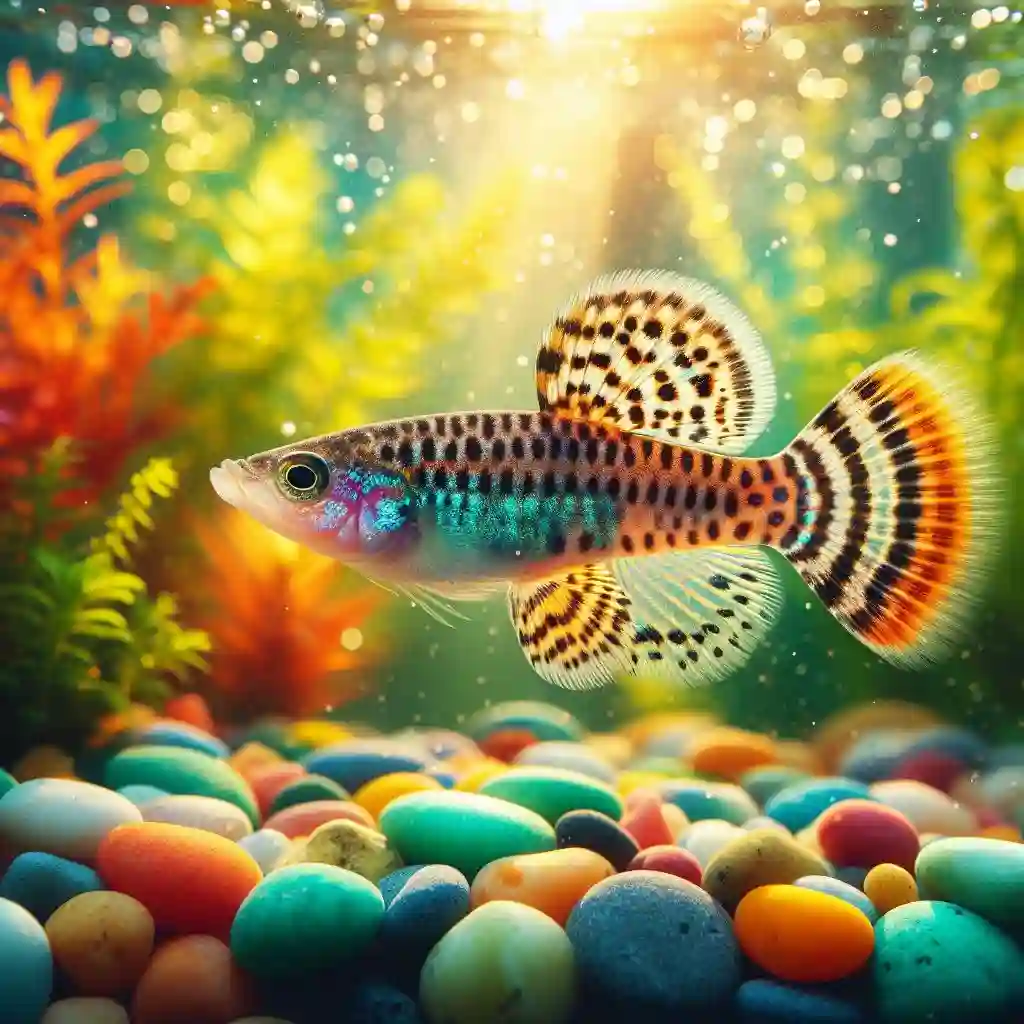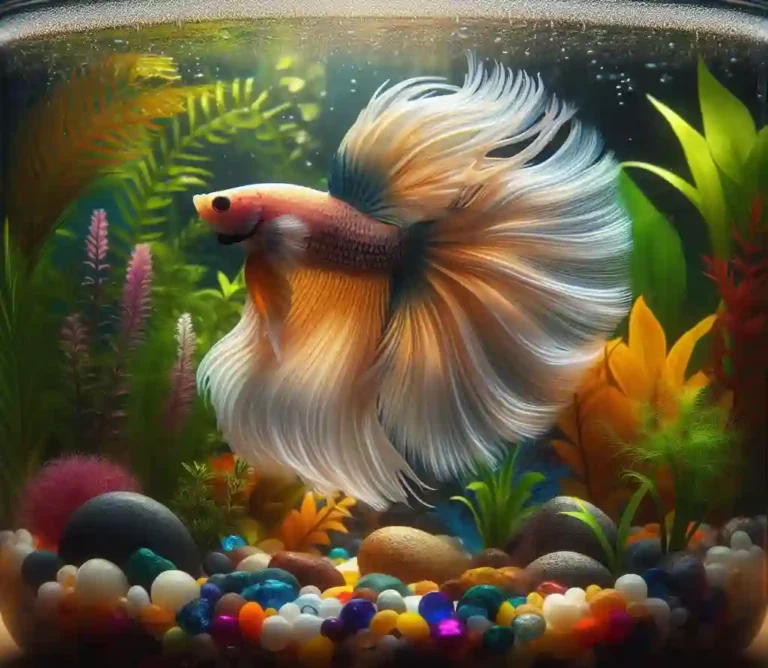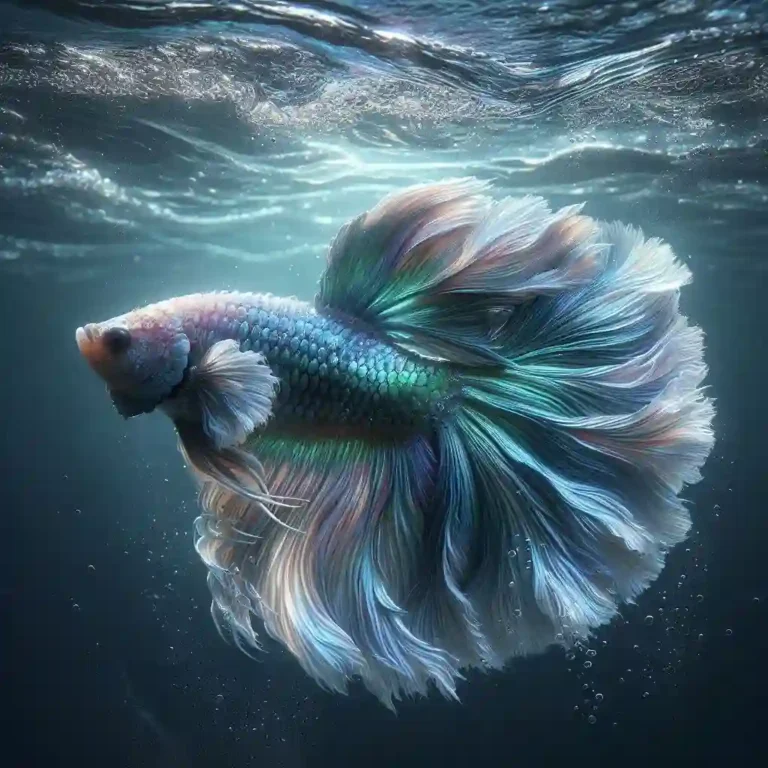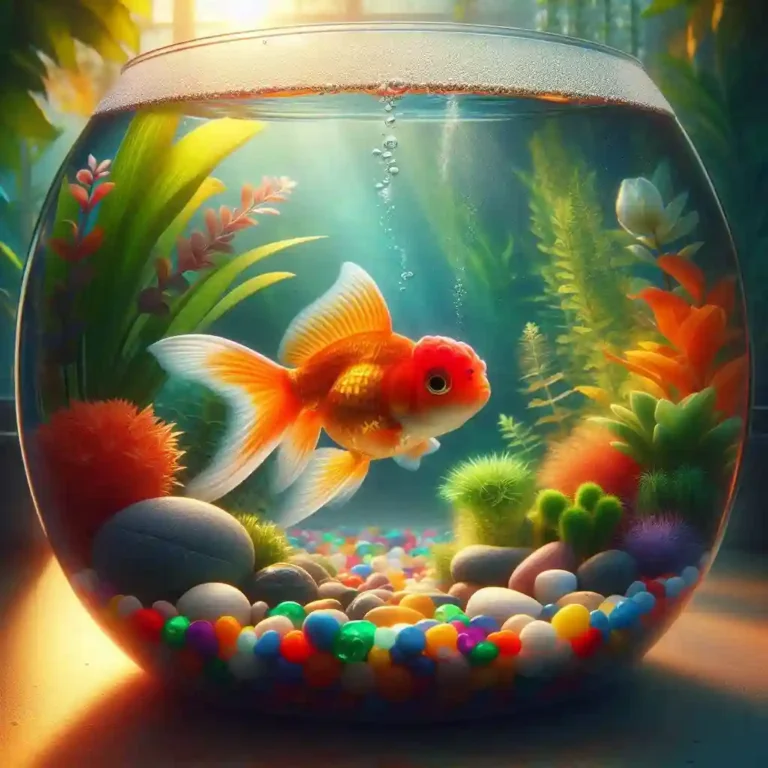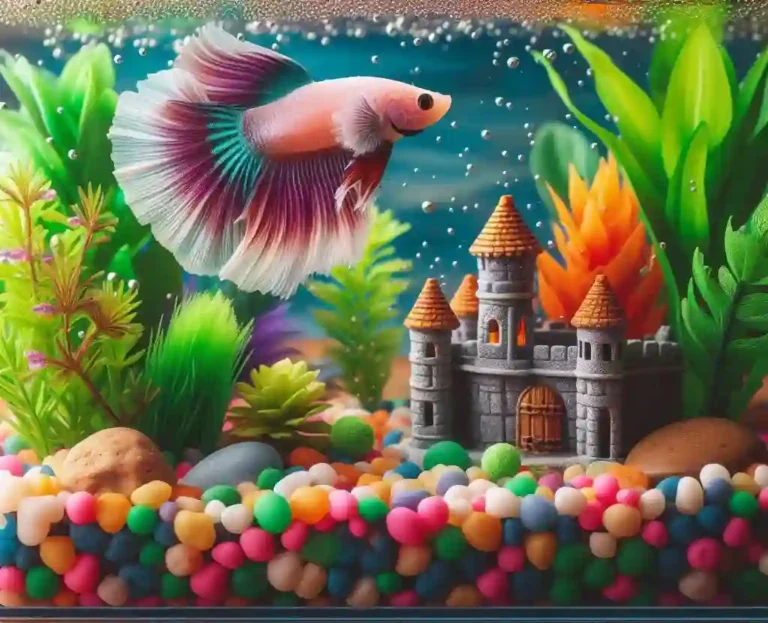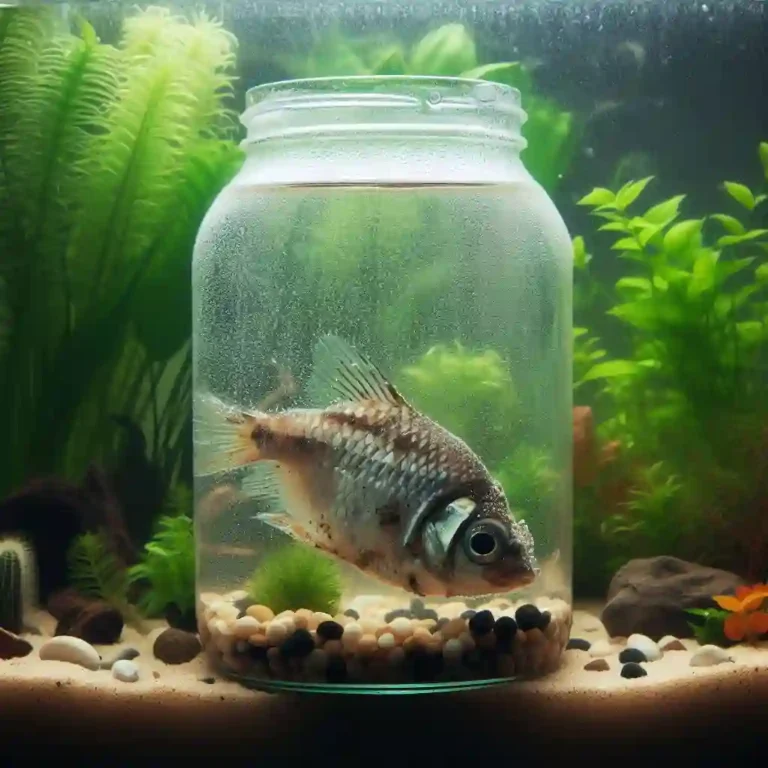How to Tell If a Molly Fish Is Dying: What to Look Out For
How to Tell If a Molly Fish Is Dying? Molly fish are known for their vibrant colors, peaceful nature, and relatively low-maintenance care. However, even with proper care, mollies can still fall ill or succumb to disease.
But how do you know if your molly fish is dying? What are the telltale signs that something is amiss?
In this article, we’ll explore the common indicators of a dying molly fish, from subtle changes in behavior to overt physical symptoms.
How to Tell If a Molly Fish Is Dying – A Quick Guide

Labored Breathing
- Rapid gilling or gasping for air
- Mouth gaping or holding its mouth open
Lethargy
- Floating or sinking to the bottom of the tank
- Lying on its side or upside down
- Not responding to food or stimuli
Changes in Appetite
- Not eating or showing interest in food
- Eating less than usual or picking at food
Changes in Color or Appearance
- Fading or dulling of colors
- White spots or fungus on the body
- Redness or inflammation around the eyes or fins
Erratic Swimming Patterns
- Darting or twitching movements
- Swimming in circles or erratically
- Losing balance or swimming upside down
Other Signs
- Hiding excessively or not coming out of hiding
- Isolating itself from other fish
- Not responding to its surroundings or environment
Changes in Appetite: Is Your Molly Fish Not Eating?
Why might a molly fish stop eating?
- Stress and anxiety: Changes in the aquarium environment, such as new tankmates or decorations, can cause stress that leads to a loss of appetite.
- Disease or infection: Bacterial, fungal, or parasitic infections can suppress a molly fish’s appetite and make it difficult for the fish to eat.
- Water quality issues: Poor water quality, such as high levels of ammonia or nitrite, can make it uncomfortable for the fish to eat.
- Old age or illness: As molly fish age, their appetite may decrease, or they may develop illnesses that affect their ability to eat.
What to do if your molly fish is not eating:
- Check water quality: Ensure that your aquarium water is clean and well-maintained.
- Offer varied foods: Try feeding your molly fish a variety of foods, such as live or frozen brine shrimp, to stimulate its appetite.
- Consult a veterinarian: If your molly fish continues to refuse food, consult with a veterinarian or experienced aquarist for guidance on how to address the issue.
Lethargy and Languid Swimming: A Sign of Distress?
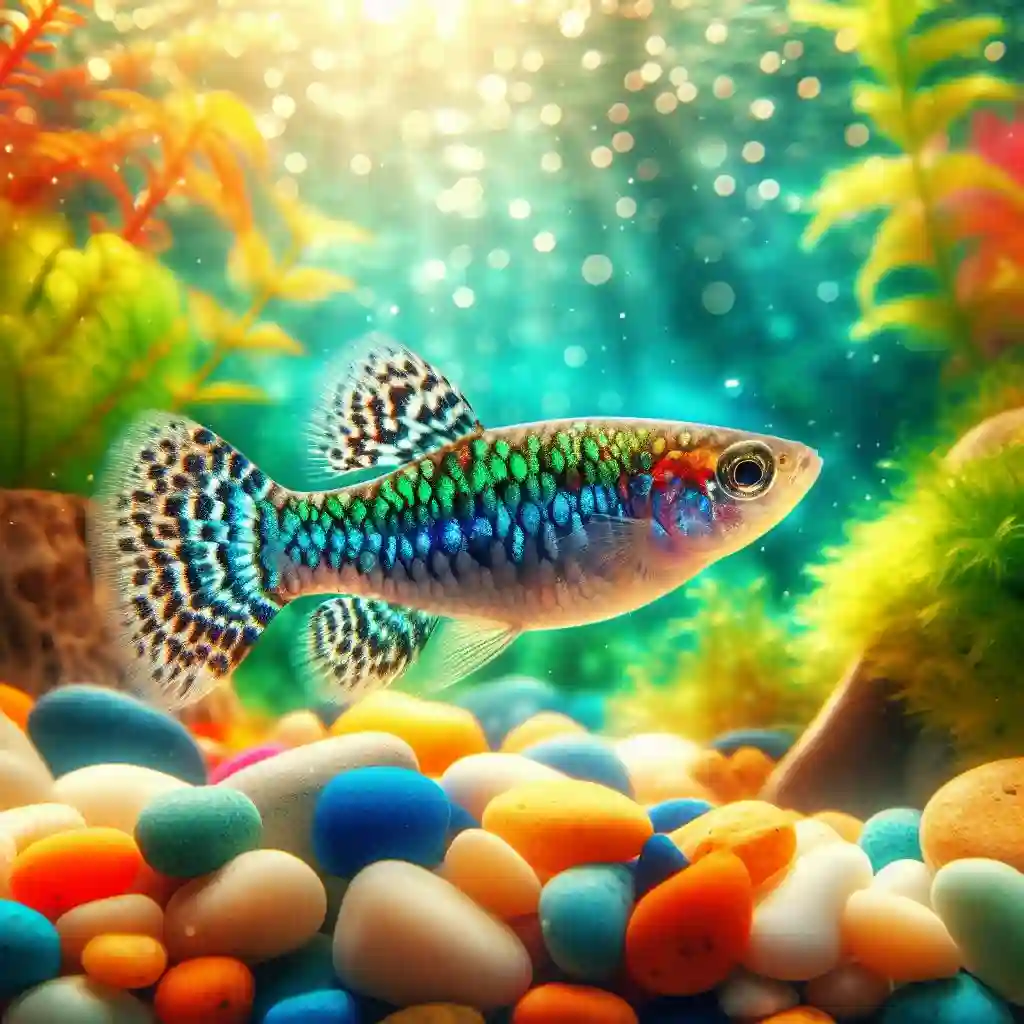
What does lethargic behavior look like in a molly fish?
- Floating or sinking: If your molly fish is having trouble staying afloat or is sinking to the bottom of the tank, it may be a sign of lethargy or exhaustion.
- Slow or labored swimming: If your molly fish is swimming slowly or with great effort, it may indicate that it’s struggling to move through the water.
- Lack of response to stimuli: If your molly fish doesn’t respond to food or other stimuli, such as a gentle tap on the glass, it may be a sign of lethargy or depression.
Why might a molly fish become lethargic?
- Water quality issues: Poor water quality, such as high levels of ammonia or nitrite, can cause lethargy in molly fish.
- Disease or infection: Bacterial, fungal, or parasitic infections can cause lethargy in molly fish.
- Stress and anxiety: Changes in the aquarium environment, such as new tankmates or decorations, can cause stress that leads to lethargy.
- Old age or illness: As molly fish age, they may become more lethargic due to natural aging processes or underlying illnesses.
Labored Breathing: Rapid Gilling and Gasping for Air
What does labored breathing look like in a molly fish?
- Rapid gilling: If your molly fish is gilling rapidly, it may be a sign that it’s struggling to extract oxygen from the water.
- Gasping for air: If your molly fish is breaking the water’s surface to gasp for air, it’s a clear indication of respiratory distress.
- Mouth gaping: If your molly fish is holding its mouth open, it may be a sign that it’s struggling to breathe.
Why might a molly fish experience labored breathing?
- Low oxygen levels: If the water’s oxygen levels are too low, your molly fish may experience labored breathing.
- Water quality issues: Poor water quality, such as high levels of ammonia or nitrite, can cause labored breathing in molly fish.
- Disease or infection: Bacterial, fungal, or parasitic infections can cause labored breathing in molly fish.
- Environmental stress: Changes in water temperature, pH, or other environmental factors can cause stress that leads to labored breathing.
Fading Colors and Dullness: A Warning Sign of Illness
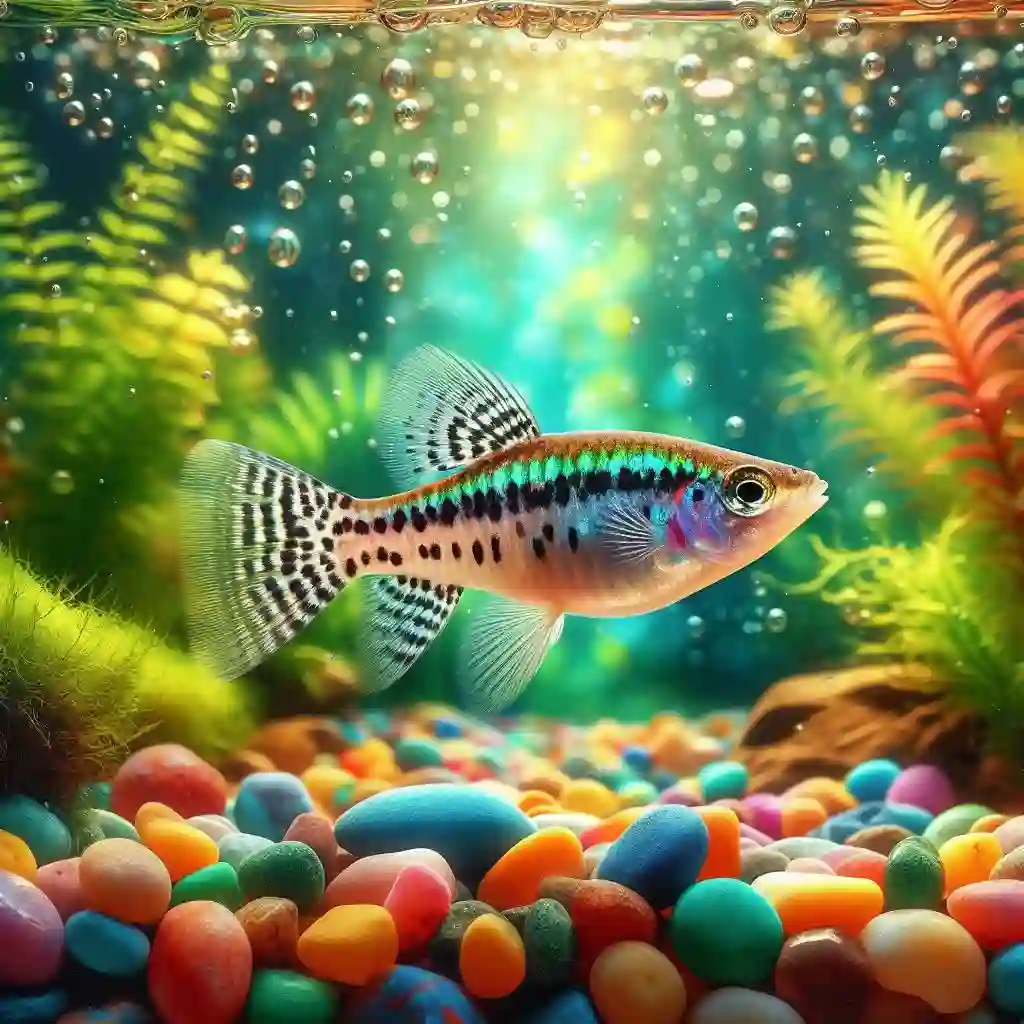
What does fading coloration look like in a molly fish?
- Dull or washed-out colors: If your molly fish’s colors appear dull or washed out, it may be a sign of illness or stress.
- Fading of specific colors: If specific colors, such as the red or blue hues, are fading or disappearing, it may indicate a specific health issue.
- Loss of iridescence: If your molly fish’s scales are no longer iridescent or shimmering, it may be a sign of illness or stress.
Why might a molly fish’s colors fade?
- Stress and anxiety: Changes in the aquarium environment, such as new tankmates or decorations, can cause stress that leads to fading colors.
- Disease or infection: Bacterial, fungal, or parasitic infections can cause fading colors in molly fish.
- Nutritional deficiencies: A lack of essential nutrients, such as vitamin C or beta-carotene, can cause fading colors.
- Water quality issues: Poor water quality, such as high levels of ammonia or nitrite, can cause fading colors in molly fish.
Visible Injuries and Ulcers: Open Sores and Fungal Infections
What are the signs of visible injuries and ulcers in molly fish?
- Open sores or ulcers: If your molly fish has open sores or ulcers on its body, it may be a sign of injury or infection.
- Fungal infections: Fungal infections can cause white, cotton-like growths on the fish’s body, which can lead to further complications if left untreated.
- Redness and inflammation: If the affected area is red, swollen, or inflamed, it may be a sign of infection or injury.
Why might a molly fish develop visible injuries and ulcers?
- Physical injury: Physical trauma, such as fin nipping or collisions with tankmates, can cause open sores or ulcers.
- Disease or infection: Bacterial, fungal, or parasitic infections can cause open sores or ulcers in molly fish.
- Poor water quality: Poor water quality, such as high levels of ammonia or nitrite, can cause stress that leads to open sores or ulcers.
Erratic Swimming Patterns: Darting, Twitching, and Loss of Balance
What are the signs of erratic swimming patterns in molly fish?
- Darting: If your molly fish is darting back and forth rapidly, it may be a sign of stress or anxiety.
- Twitching: Twitching or spasmodic movements can be a sign of neurological disorders or poisoning.
- Loss of balance: If your molly fish is having trouble swimming upright or is swimming erratically, it may be a sign of inner ear problems or balance disorders.
Why might a molly fish exhibit erratic swimming patterns?
- Stress and anxiety: Changes in the aquarium environment, such as new tankmates or decorations, can cause stress that leads to erratic swimming patterns.
- Disease or infection: Bacterial, fungal, or parasitic infections can cause erratic swimming patterns in molly fish.
- Neurological disorders: Certain neurological disorders, such as swim bladder disease, can cause erratic swimming patterns.
- Water quality issues: Poor water quality, such as high levels of ammonia or nitrite, can cause erratic swimming patterns in molly fish.
Bloated or Sunken Belly: Water Retention and Intestinal Issues
What are the signs of a bloated or sunken belly in molly fish?
- Swollen abdomen: If your molly fish’s belly is visibly swollen or distended, it may be a sign of water retention or intestinal issues.
- Sunken belly: Conversely, a sunken belly can be a sign of malnutrition or gastrointestinal issues.
- Lethargy and loss of appetite: If your molly fish is experiencing a bloated or sunken belly, it may also exhibit lethargy and a loss of appetite.
Why might a molly fish develop a bloated or sunken belly?
- Water retention: Excess water in the body can cause a bloated belly in molly fish.
- Intestinal issues: Intestinal blockages, constipation, or gastrointestinal infections can cause a bloated or sunken belly.
- Malnutrition: A diet lacking essential nutrients can cause a sunken belly in molly fish.
- Disease or infection: Bacterial, fungal, or parasitic infections can cause a bloated or sunken belly in molly fish.
Isolation and Hiding: When Your Molly Fish Becomes Withdrawn
What are the signs of isolation and hiding in molly fish?
- Hiding excessively: If your molly fish is hiding excessively, it may be a sign of stress or anxiety.
- Isolating itself: If your molly fish is isolating itself from other fish or avoiding social interaction, it may be a sign of illness or stress.
- Lack of appetite: If your molly fish is not eating or is showing a lack of interest in food, it may be a sign of stress or anxiety.
Why might a molly fish become isolated or hide excessively?
- Stress and anxiety: Changes in the aquarium environment, such as new tankmates or decorations, can cause stress and anxiety in molly fish.
- Disease or infection: Bacterial, fungal, or parasitic infections can cause molly fish to become isolated or hide excessively.
- Environmental factors: Poor water quality, inadequate hiding places, or overcrowding can cause molly fish to become stressed and isolated.
FAQs
Q: What are the most common signs of a dying molly fish?
A: The most common signs of a dying molly fish include labored breathing, lethargy, loss of appetite, changes in color or appearance, and erratic swimming patterns.
Q: How can I prevent my molly fish from dying?
A: To prevent your molly fish from dying, ensure that you provide a clean and well-maintained aquarium environment, with adequate water changes and proper filtration. Also, provide a balanced diet and minimize stress and anxiety.
Q: What should I do if my molly fish is dying?
A: If your molly fish is dying, try to identify the underlying cause and take prompt action to address the issue. Check water quality, provide a stress-free environment, and consider consulting a veterinarian or experienced aquarist for guidance.
Q: Can I save a dying molly fish?
A: In some cases, it may be possible to save a dying molly fish by addressing the underlying cause of the illness or stress. However, in many cases, it may be too late to save the fish, and euthanasia may be the most humane option.
Q: How can I tell if my molly fish is stressed or anxious?
A: Signs of stress or anxiety in molly fish include erratic swimming patterns, hiding excessively, loss of appetite, and changes in color or appearance.
Q: What can I do to reduce stress and anxiety in my molly fish?
A: To reduce stress and anxiety in your molly fish, provide a clean and well-maintained aquarium environment, minimize changes to the environment, and provide plenty of hiding places and visual barriers.

Hello, I’m Aria Cooper, the heart and soul behind Swimmy Buddies. As a devoted fish aficionado, I share my aquatic adventures and expertise to inspire your own underwater explorations. 🐠🌊

